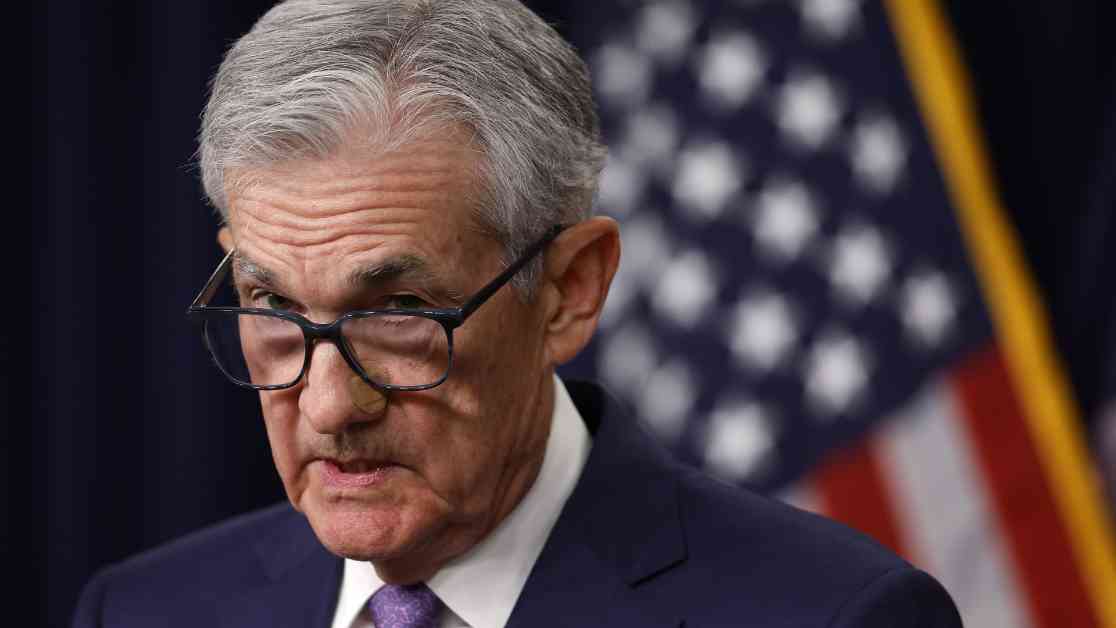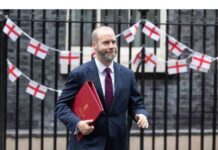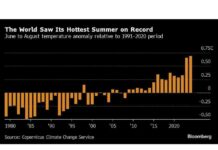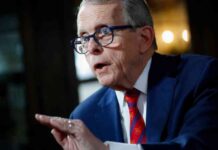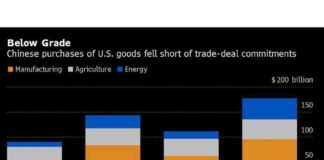Central Banks Worldwide Prepare for Major Rate Decisions
As central banks around the world gear up for crucial monetary policy meetings, investors are on edge waiting to see if interest rates will be adjusted. The Federal Reserve’s Chair, Jerome Powell, recently announced that interest rates would remain unchanged during a news conference at the Federal Reserve’s William McChesney Martin Building in Washington, D.C., on June 12, 2024. This decision sets the stage for a week filled with rate decisions from major central banks across the globe.
Federal Reserve’s Two-Day Meeting
The Federal Reserve’s highly anticipated two-day meeting, starting on Tuesday, is expected to draw considerable attention. With growing expectations of a rate cut, the U.S. central bank is likely to join other central banks in initiating a rate-cutting cycle. The main question on everyone’s mind is the extent of the rate cut that the Fed will implement. Traders are currently predicting a quarter-point cut as the most probable outcome, while as many as 41% anticipate a half-point move, according to the CME’s FedWatch Tool.
Global Central Bank Meetings
Alongside the Federal Reserve, several other major central banks are scheduled to hold monetary policy meetings this week. Brazil’s central bank will convene its policy meeting on Tuesday and Wednesday, followed by the Bank of England, Norway’s Norges Bank, and South Africa’s Reserve Bank on Thursday. The Bank of Japan will conclude the week with its rate decision at the end of its two-day meeting on Friday.
“We’re entering a cutting phase,” remarked John Bilton, global head of multi-asset strategy at J.P. Morgan Asset Management. Speaking on CNBC’s “Squawk Box Europe,” Bilton highlighted the expected rate cuts by the Federal Reserve and the Bank of England, pointing to signs of economic stagnation in the UK as a driving force behind the anticipated decision.
Rate Cut Expectations
Policymakers at the Federal Reserve have been laying the groundwork for interest rate cuts in recent weeks. Currently, the Fed’s target rate sits at 5.25% to 5.5%. While some economists advocate for a substantial 50 basis point rate cut in September, others caution against such a move, citing potential risks to the market. The debate surrounding the magnitude of the rate cut reflects the uncertainty and volatility in the current economic landscape.
In Brazil, a stronger-than-expected economic performance in the second quarter is anticipated to lead to an interest rate hike in September. Economists project that Banco Central will increase the Selic rate by 25bps next week, with further rate hikes into 2025 not being ruled out, contingent on domestic economic activity.
Conversely, the Bank of England is unlikely to announce an interest rate cut this week, according to a Reuters poll of economists. Following the central bank’s first rate cut in over four years in August, analysts predict that the next rate adjustment will likely occur in November.
South Africa’s Reserve Bank is expected to cut interest rates on Thursday, marking the first rate cut since the bank’s response to the coronavirus pandemic four years ago. Norway’s Norges Bank is set to hold its next meeting on Thursday, with the central bank maintaining its interest rate at a 16-year high of 4.5% in mid-August. The Bank of Japan, on the other hand, is not expected to raise interest rates by the end of the week, with most economists foreseeing a potential increase by year-end.
In conclusion, central banks worldwide are on the brink of significant rate decisions that could impact global financial markets and economies. The uncertainty surrounding the extent and timing of rate cuts reflects the complex challenges faced by policymakers in navigating economic conditions and market expectations. As investors await the outcomes of these pivotal meetings, the decisions made by central banks in the coming days will undoubtedly shape the trajectory of monetary policy in the near future.

